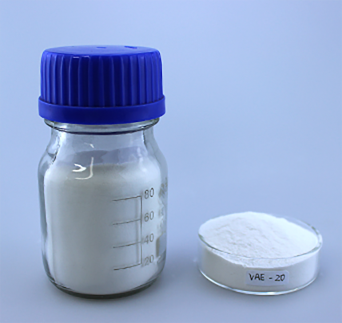
Nov . 22, 2024 05:22 Back to list
hpmc uses in detergent
HPMC Uses in Detergents
Hydroxypropyl Methylcellulose (HPMC) is a versatile and widely utilized natural polymer that has carved a niche for itself in various industrial applications, notably in the formulation of detergents. Its unique properties make it an ideal ingredient for both household and industrial cleaning solutions. In this article, we will explore the diverse uses of HPMC in detergents and the benefits it brings to the cleaning industry.
Structural and Functional Properties
HPMC is a cellulose derivative that is non-ionic and water-soluble, making it remarkably suitable for various applications. It is produced by the substitution of the hydroxyl groups of cellulose with hydroxypropyl and methyl groups. This modification not only enhances the solubility of cellulose but also imparts significant changes in its rheological properties. For detergent formulations, these qualities are invaluable, as they contribute to the thickening, binding, and stabilizing of the products.
Thickening Agent
One of the primary uses of HPMC in detergents is as a thickening agent. In liquid laundry detergents and dishwashing liquids, HPMC increases the viscosity, ensuring that the product maintains a desirable consistency. A thicker product not only provides a better user experience but also enhances performance by minimizing waste during application. Moreover, the controlled viscosity allows for more effective adherence to surfaces, facilitating improved cleaning performance.
Stabilization of Formulations
HPMC plays a crucial role as a stabilizer in detergent formulations. In cleaning products that contain surfactants, HPMC helps to stabilize emulsions and suspensions, preventing ingredient separation. This stability is particularly important for multi-phase formulations, where the efficiency and efficacy of the detergent can be compromised if components settle or separate over time. Furthermore, HPMC can enhance the compatibility of different ingredients, allowing formulators to create more complex and effective cleaning products.
hpmc uses in detergent

Film-Forming Properties
Another noteworthy characteristic of HPMC is its film-forming abilities. When applied to surfaces, HPMC can create a thin film that aids in preventing dirt and grime from adhering to surfaces. This feature is particularly beneficial in household cleaning sprays and surface cleaners, where a protective layer can prolong the cleanliness of surfaces after application. This not only enhances the cleaning efficiency but also extends the intervals between necessary cleanings, leading to time and resource savings for consumers.
Improving Solubility and Dispersibility
In powdered detergents, HPMC acts as a disintegrating agent that helps improve solubility and dispersibility. When powdered detergents are mixed with water, HPMC ensures that the ingredients dissolve evenly and quickly, providing uniform cleaning action. This property is particularly beneficial in cold water formulations, where quick solubility is crucial for effective performance without needing hot water.
Eco-Friendly Alternative
As the world shifts towards more sustainable and eco-friendly cleaning products, HPMC stands out as a renewable and biodegradable option. Derived from natural plant cellulose, its use in detergents aligns with the growing consumer demand for environmentally responsible products. By incorporating HPMC into their formulations, manufacturers can offer products that not only clean effectively but are also gentle on the planet.
Conclusion
In summary, Hydroxypropyl Methylcellulose is a vital ingredient in the detergent industry, offering a multitude of benefits that enhance product performance and consumer satisfaction. Its roles as a thickener, stabilizer, film-former, and solubilizing agent, combined with its eco-friendly nature, make HPMC an essential component in crafting effective cleaning solutions. As consumers become more discerning about the products they use in their homes, the significance of HPMC in detergents is likely to grow, paving the way for innovative formulations that meet the demands of a progressive market.
-
Versatile Hpmc Uses in Different Industries
NewsJun.19,2025
-
Redispersible Powder's Role in Enhancing Durability of Construction Products
NewsJun.19,2025
-
Hydroxyethyl Cellulose Applications Driving Green Industrial Processes
NewsJun.19,2025
-
Exploring Different Redispersible Polymer Powder
NewsJun.19,2025
-
Choosing the Right Mortar Bonding Agent
NewsJun.19,2025
-
Applications and Significance of China Hpmc in Modern Industries
NewsJun.19,2025







